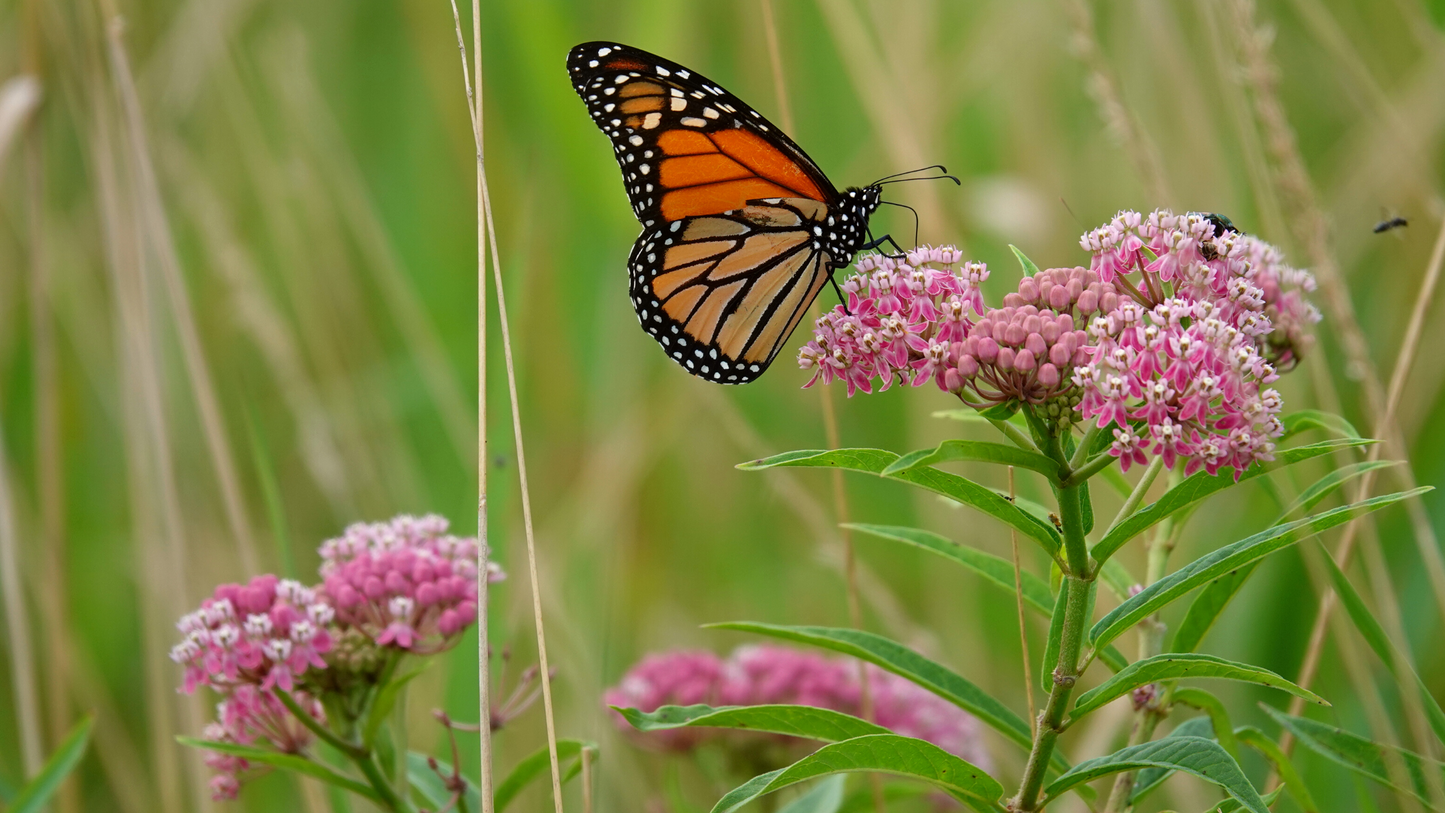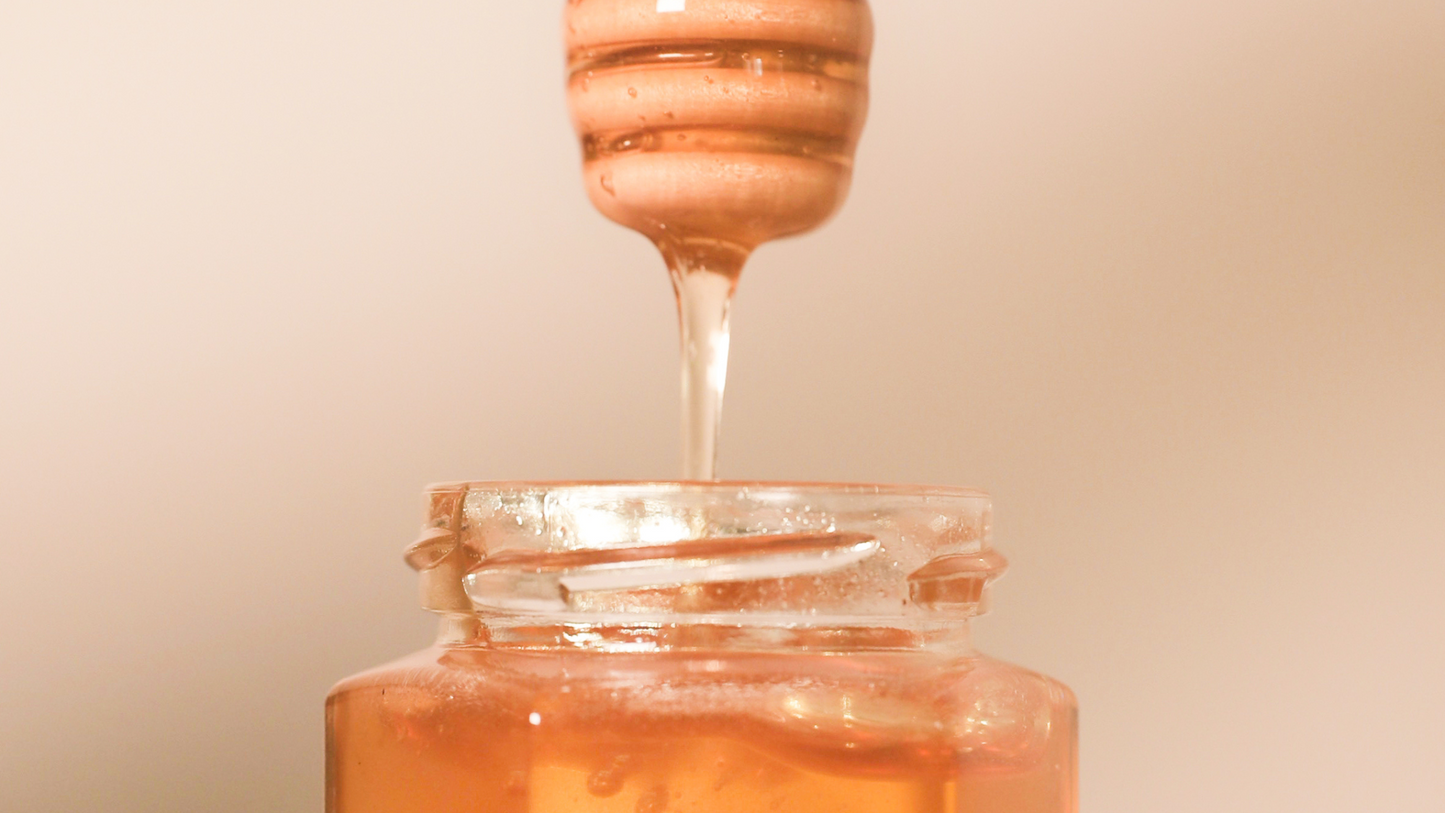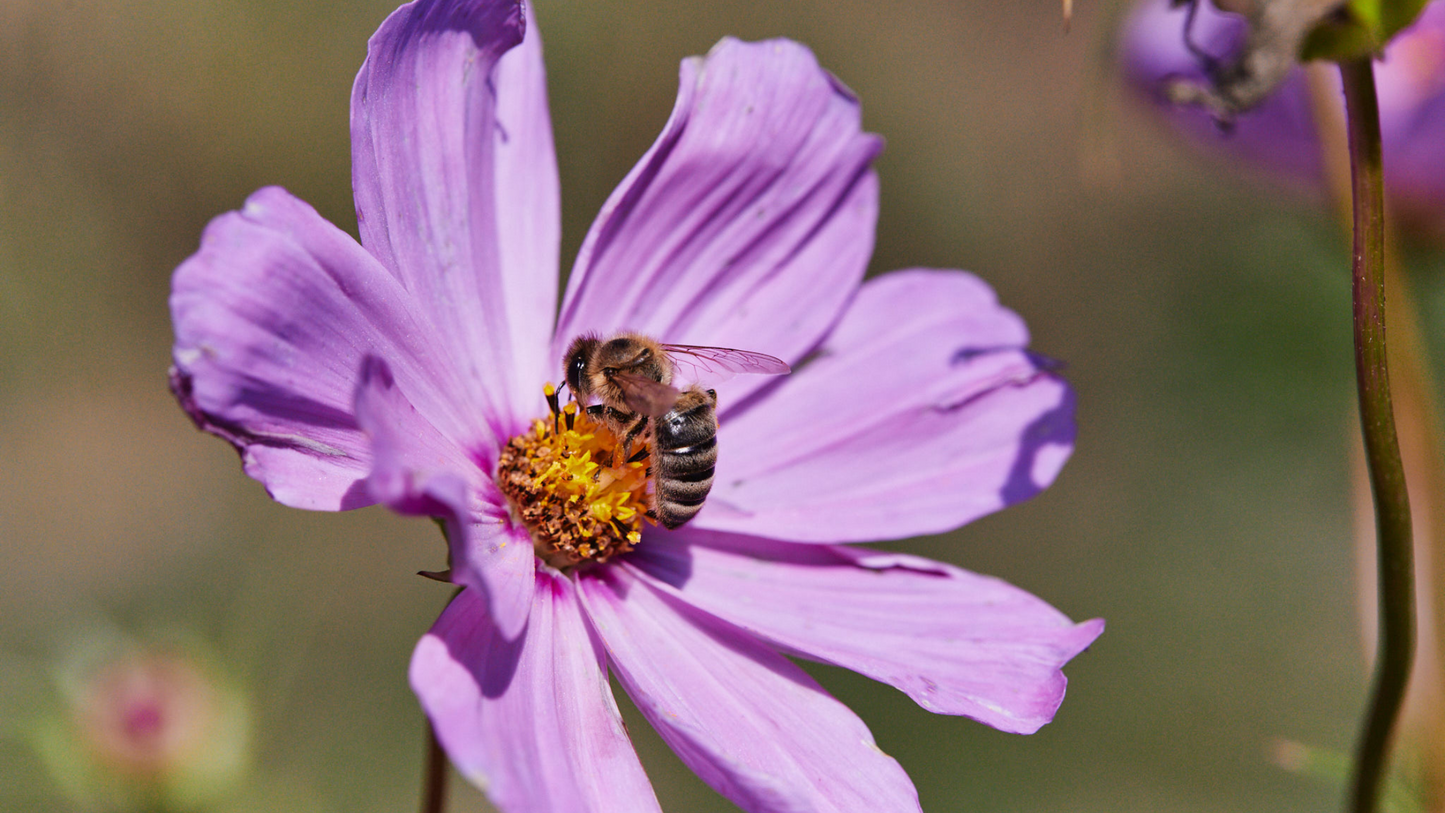
In the early spring, I was preparing my garden for the summer, trimming back bushes, turning the soil, and pulling weeds. I noticed a particular weed that was seemingly popping out of the ground faster than anything else, Milkweed.
While many people consider Milkweed a nuisance to a manicured garden, it can be the plant of choice for those looking to create a pollinator-friendly space.
I decided to leave the Milkweed that was naturally growing in my garden alone, and in the past month, I was amazed at the diversity of insects attracted to this plant.
Milkweed and Monarchs
Milkweed is most commonly known for its connection with Monarch butterflies. These beautiful orange butterflies are a treat to any garden, I don’t know anyone who doesn’t smile when they see a Monarch fluttering through the air.
Milkweed is critical to Monarch’s survival. A female Monarch will lay her eggs on the underside of a Milkweed leaf. Within 3 to 8 days, the egg will hatch to reveal a caterpillar, that feeds on the Milkweed’s leaves for up to 2 weeks before venturing off to pupate into an adult butterfly.
Butterflies also enjoy the nectar from the flowers. Just last week I had the first Monarch visit my garden!
Milkweed and Honeybees
The most common visitor to my Milkweed this summer has been honeybees. Milkweed is a great nectar source for honeybees and their many blooms mean there are many flowers to visit.
Other visitors enjoying the sweet nectar include Bumblebees, Squash Bees, Wasps, and various beetles.
At times I noticed as many as 5 different insects sharing a cluster of flowers.
What To Consider When Adding Milkweed to Your Garden?
One of the common concerns about Milkweed is how quickly and aggressively this plant spreads, with the ability for it to quickly take over your garden. Milkweed is spread by rhizomes and seeds. Rhizomes are continuously growing underground stems that shoot up multiple plants, all connected to one root system. This can make Milkweed very difficult to manage. Additionally, Milkweed spreads by seed in the fall. The large pods break open to expose flat seeds with white silky fibers that allow the seeds to blow in the wind.
If you want to plant Milkweed without it taking over your garden, consider planting it in a more wild part of your yard, like along fencelines, but remember this plant requires full sun. Or, you can transform a section of your lawn into a pollinator’s paradise.
So, Should You Plant Milkweed?
If you are looking for the perfect native plant to bring life to your garden and support an array of essential pollinators, Milkweed is the perfect choice. On top of that, their height and large clusters of flowers make them a beautiful and fragrant addition to your yard. The bees, butterflies, and other pollinators will thank you!



